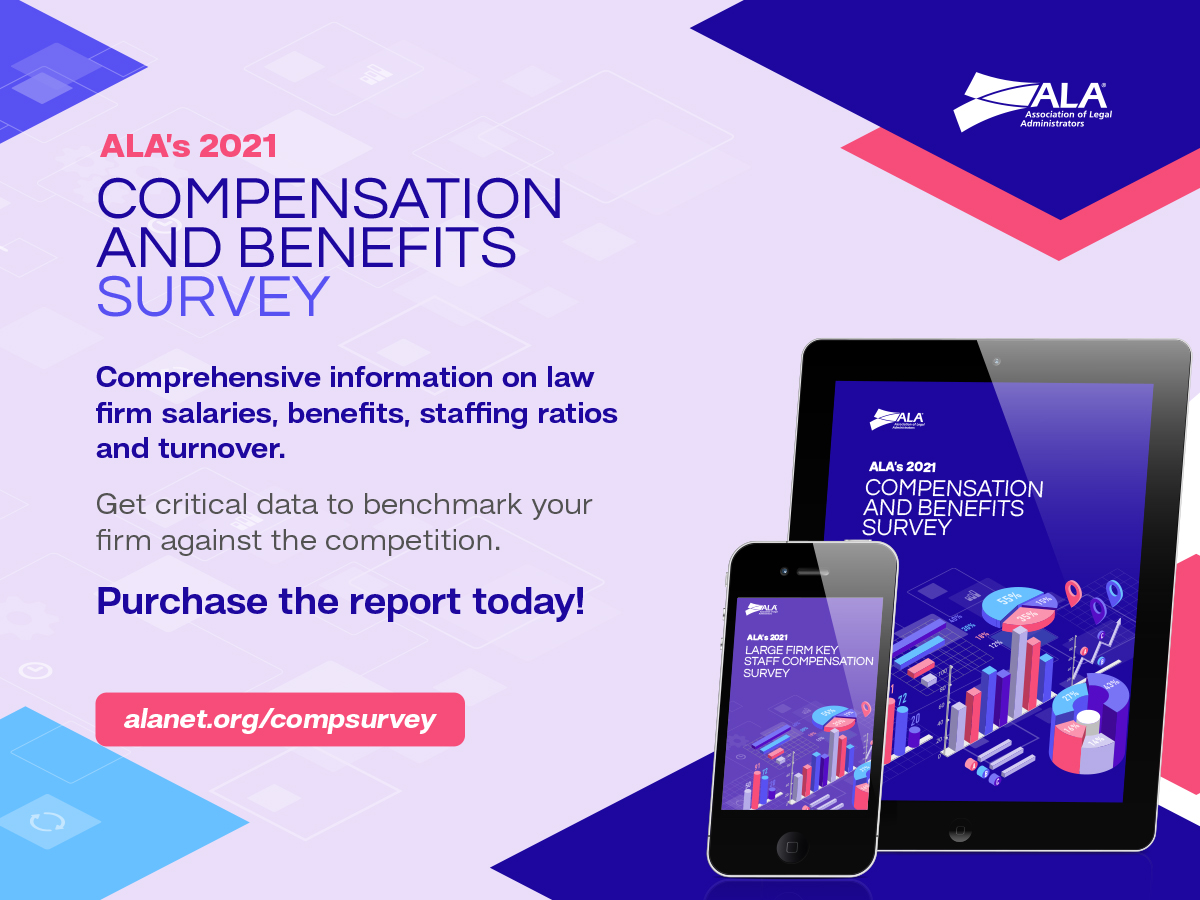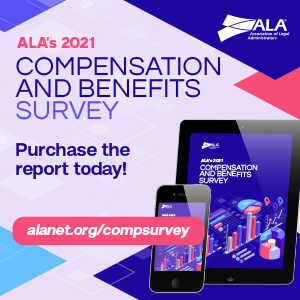At the same time, the digital transformation journey is a necessity to keep pace with the world’s increasing complexity. While spreadsheets and paper-based workflows can be helpful, they alone are no longer suitable for running a profitable law firm, much less for engaging in efficient financial planning and management. Using the full value of financial and operational data is the key to unlocking long-term success for law firms and businesses in the legal industry.
AI ADVANTAGES
Artificial intelligence (AI) is not just a buzzword, but a true sign of modernized, agile processes that offer real-time insights at the click of a button anytime, anywhere. Law firms that have this capability enjoy a competitive advantage over more traditional approaches to data management.
According to a recent LexisNexis study, 92% of those surveyed planned to increase their adoption of AI to use for legal analytics in the next year, while 68% said they already relied on their legal analytics to price out projects. Around 73% of the companies are already using AI to gain competitive insights on opposing counsel, parties and judges, while 59% rely on AI to assess cases and 48% use it for case strategy. AI is a powerful automation tool that can take over repetitive, manual tasks, thereby freeing up precious resources such as time and money.
“Artificial intelligence (AI) is not just a buzzword, but a true sign of modernized, agile processes that offer real-time insights at the click of a button anytime, anywhere.”
Within the context of financial data management, AI can be particularly useful in saving time on reporting and cyclical activities. Essentially, AI is nothing more than a set of algorithms based on statistics and numbers. It does not replace human hands, but rather augments their power to do more value-driven tasks. It raises confidence levels without a built-in bias while helping turn data into insights faster by recognizing patterns to identify future events. In addition, it puts an end to spreadsheet chaos with an inbox overflowing with multiple iterations. Instead of sorting through overwhelming amounts of data by hand, this process finds patterns for the user to pivot quickly when needed.
Not only does AI support the finance function in planning, budgeting and forecasting, but it also provides the basis for any kind of planning needed throughout the enterprise. Whether it is for client acquisition and management, HR, sales or marketing, the tool can be used to make accurate assessments in real time and on the spot. No matter the area, the need for analyzing data from multiple sources in real time remains the same.
By adding depth and speed to your forecasts, you can present different strategies for fixed, negotiable and controllable costs, thereby more accurately predicting demand and freeing up working capital. AI can help you increase workforce utilization and stress-test key assumptions and recommendations around capital projects. Based on various scenarios, it can help inform strategic business-critical decisions. Predictive forecasts based on these scenarios improve your decision-making ability.
While AI thrives in a data-heavy environment, a new trend is emerging that indicates even small amounts of data from various sources can provide real-time insights through AI technology.
According to Gartner, 70% of businesses will make the shift from focusing on big data to so-called “small and wide data” by 2025. This will allow leaders to specify the context of their analytics rather than relying on massive amounts of data to gain insights. As a result, historical data to predict future events will be replaced by better forecasting models. Stakeholders can leverage AI for more quality and automation in forecasting, for new insights and recommendations for performance management, and to identify key drivers for simulating the future of the business.


